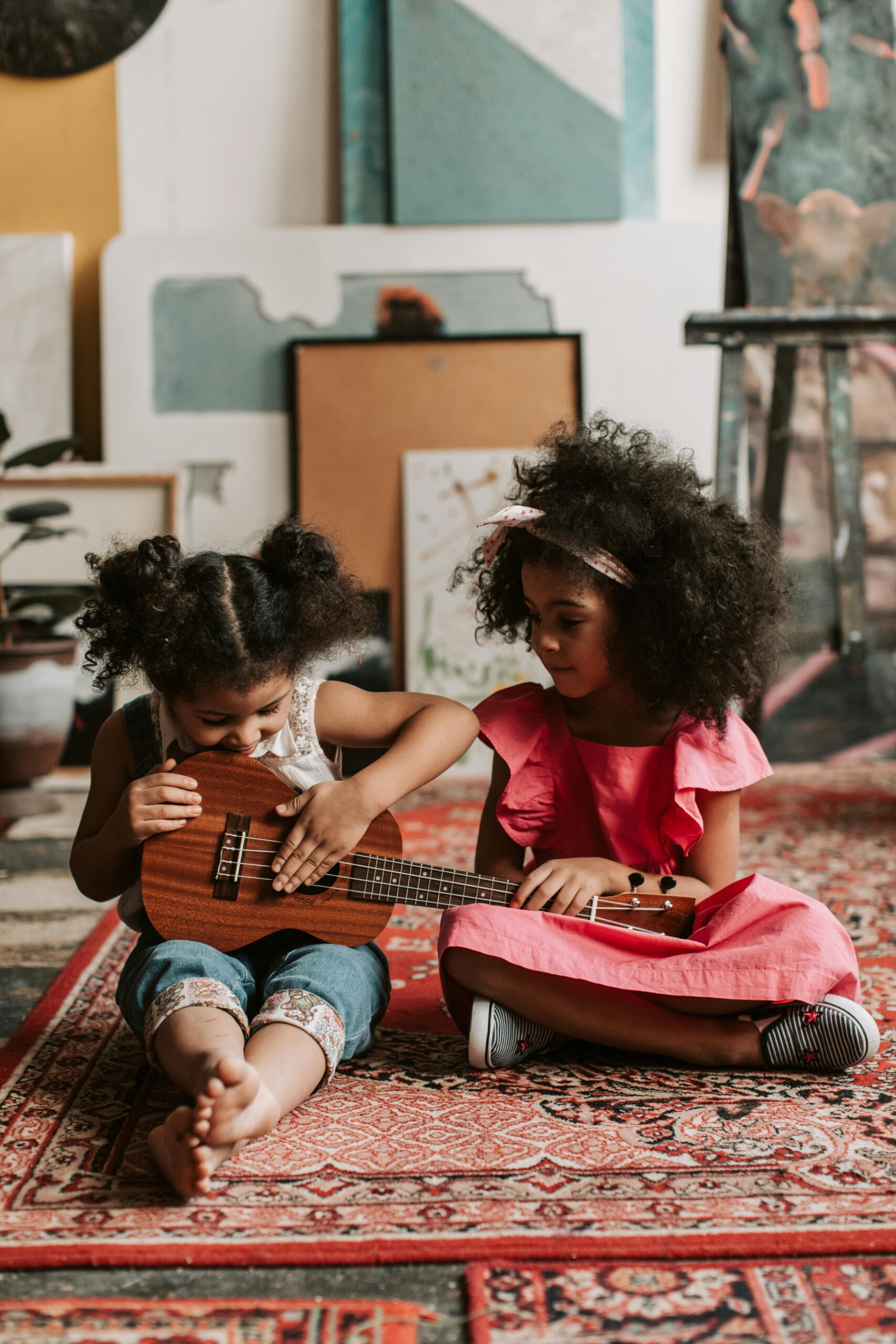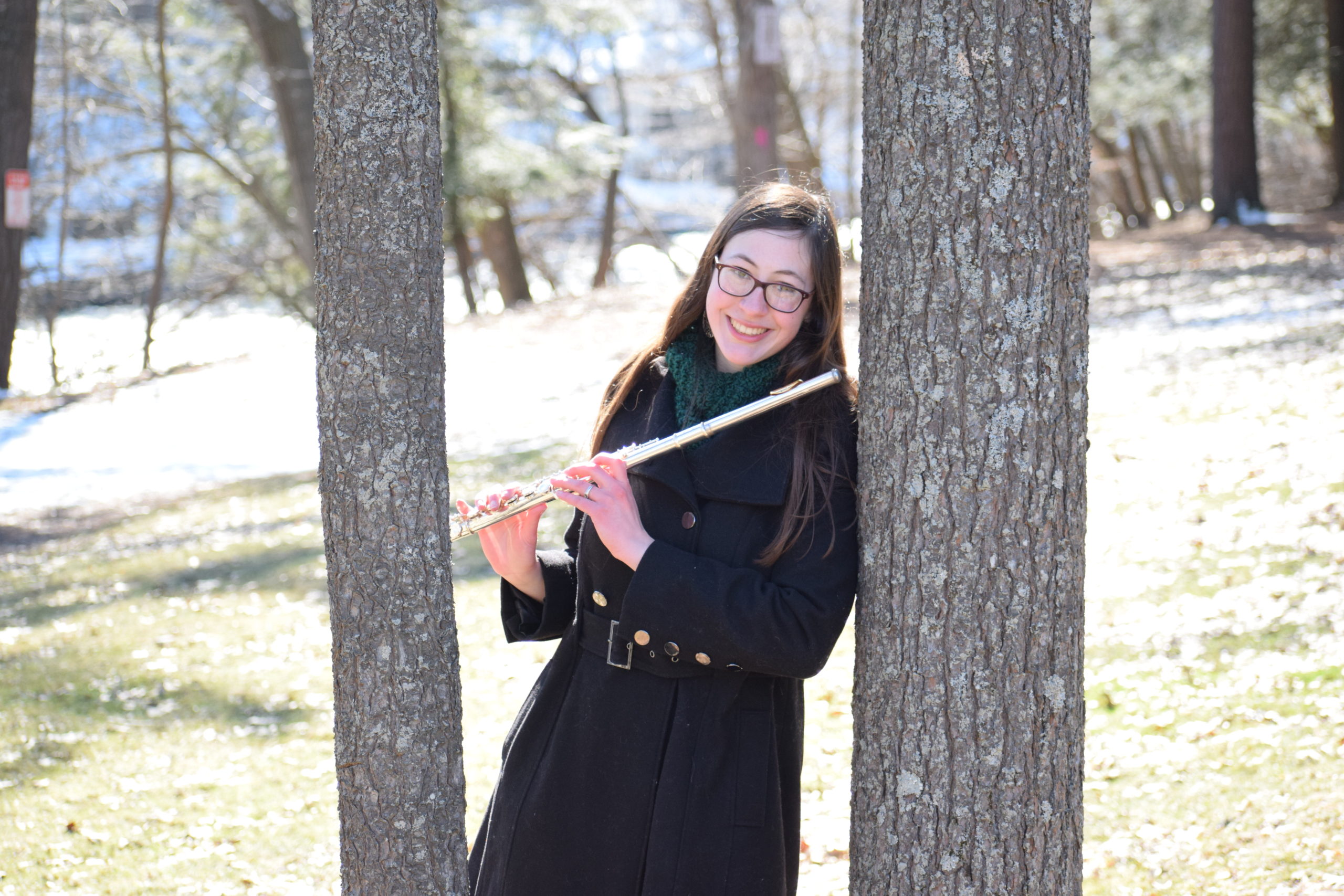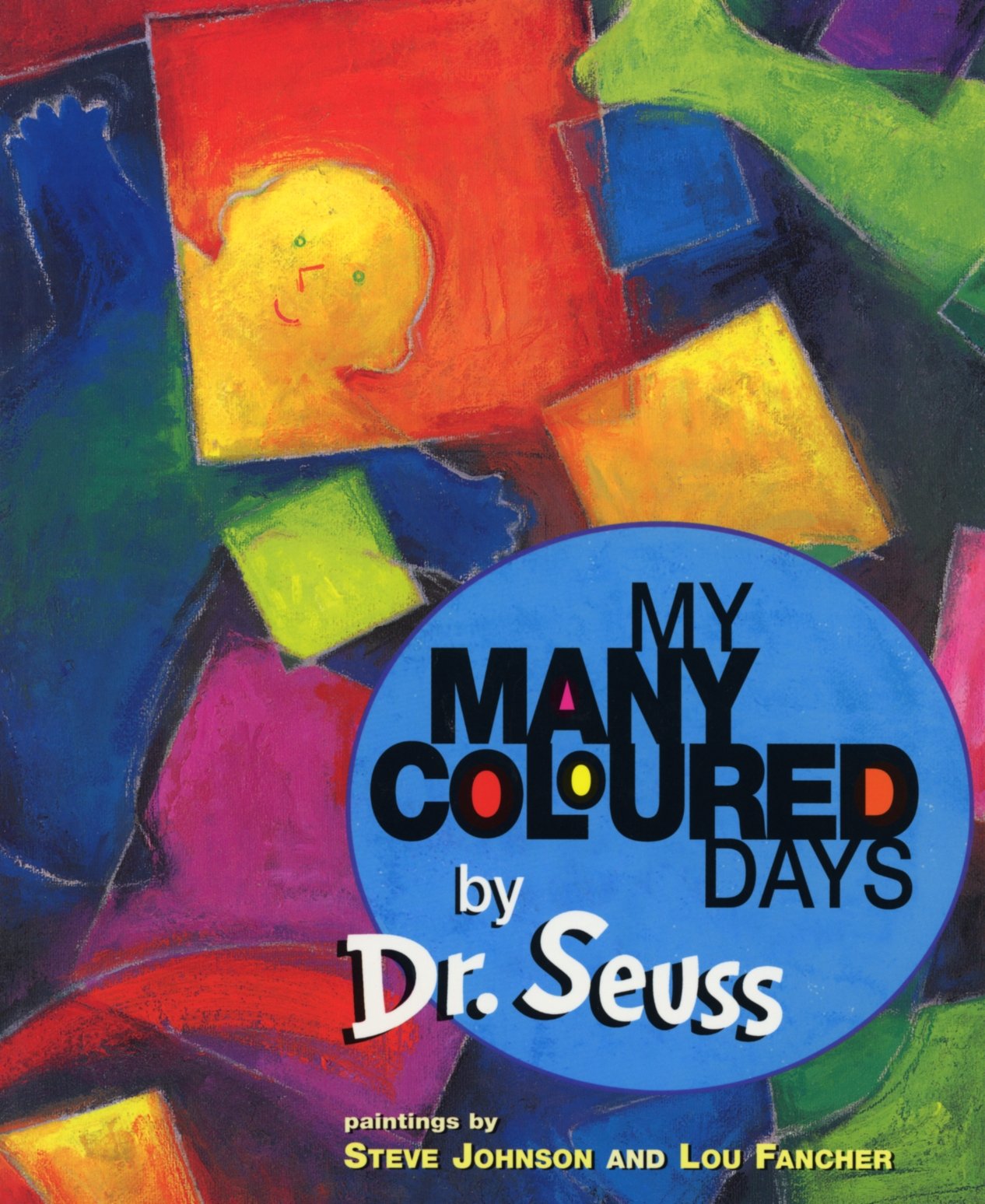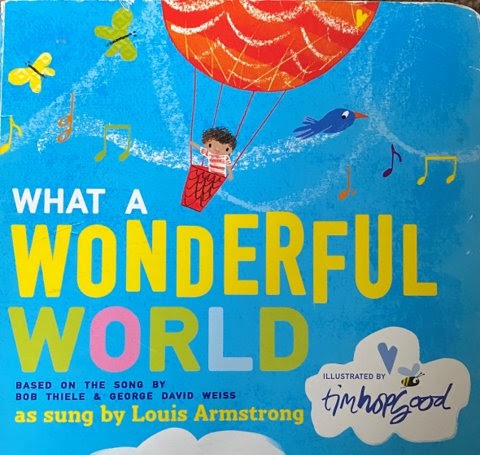This blog was written by Robin Neary and Amy Thomas. Happy World Music Therapy week! It brings us joy to know that all around the world music therapists are coming together to celebrate and educate our communities on our profession. This year, Upstate Music Therapy...

The Waiting Game
Written by Katie Pistilli, MT-BC
Waiting is hard for everyone, but especially for young children. Keep in mind, today’s toddlers and preschoolers have been exposed to a fraction of waiting opportunities of their older peers because of the pandemic. They may not have been brought to restaurants, amusement parks, or airports. Although COVID-19 is still with us, our communities are safely moving on as best they can. Maybe you feel comfortable trying out some new activities with your family, but be patient with your little ones. They might have a hard time in those situations that require a lot of patience. Thankfully, there is always music to pass the time!
Shh… We Have to Be Quiet!
“Repeat after me” games are perfect for settings where you have to be a little quieter. Think: restaurants and doctor’s offices. Create a game out of being as quiet as possible. You and your child can only make sound with your body parts. You, the adult, goes first. Clap 3 times, then point to your child to clap 3 times. Once they get the gist of the game, mix it up. Stomp 4 times, touch your nose 2 times, but don’t say anything! It might not seem like you’re being musical with your child, but what’s a melody without some rhythm?
This game isn’t only keeping voices soft, but it’s also practicing turn-taking, imitating, auditory recall, and improvisation. These are many skills that are addressed in music therapy!
Need some inspiration? Try the hand jive! You can do this dance with or without the music.
Dancing to Pass the Time: Waiting in Line
You’ll have the best luck getting your child’s attention if you sing songs that you both know. Put that phone away, and dig into your memory bank! You can always change the lyrics to make these traditional songs a little more interesting. Try “If You’re Happy and You Know It” first. If you’re happy and you know it… bark like a dog! Meow like a cat! Try to make your kids laugh with “If you’re happy and you know it be a… fish!” or “A monkey!” Make up some silly movements and your child will do the same.
Next up, try “The Wheels on the Bus” or “Head, Shoulders, Knees, and Toes.” You could change the song to “The Wheels on the Tractor” or “Ears, Shoulders, Belly Button, and Toes.” Changing the vehicle or body parts opens the door to so much creativity. Movement and singing together will pass the time even faster. When the original song becomes familiar, these lyric changes will have your children laughing!
Ring, ring, ring… Bananaphone!
Bananaphone is a jazzy and catchy Raffi classic. It can be sung anywhere with whatever is in your purse! Once the child learns this song, you can start turning anything into a phone! Who knows what your child will come up with… maybe they will start FaceTiming with an apple! Practice having conversations with grandma, imaginary friends, or TV show characters!
Time flies when you’re having fun! Singing, dancing, and playing are the best ways to endure the waiting game. Thanks for reading! We hope you found some inspiration from these tunes and activities.
World Music Therapy Week 2024
The Planets: A Story Orchestra
Blog post written by Abby Hamel On April 8th, 2024, an out-of-this-world event will occur: the solar eclipse! Rochester is lucky enough to be in the path of totality for this eclipse and I can feel the excitement around me. The Planets by Helen Mortimer is the newest...
Children’s Songs That Won’t Drive You Mad
Blog written by Rebecca Szalay If you are the parent of a young child, chances are you have a CD or playlist of young children’s songs that you listen to everywhere, especially in the car. You may also find yourself singing “Baby Shark” in the grocery store because...












